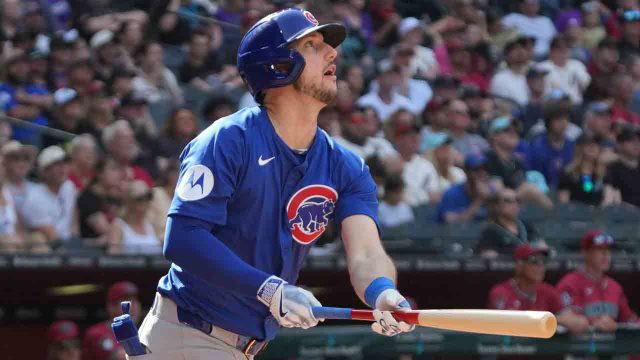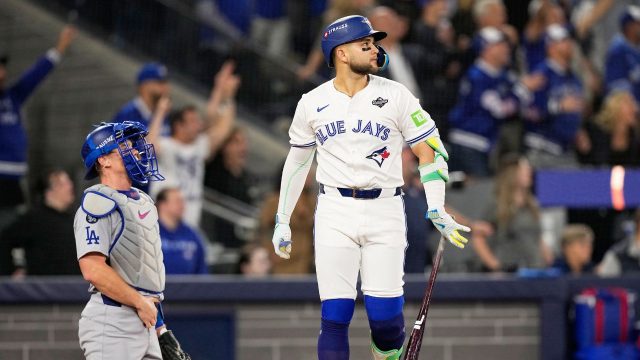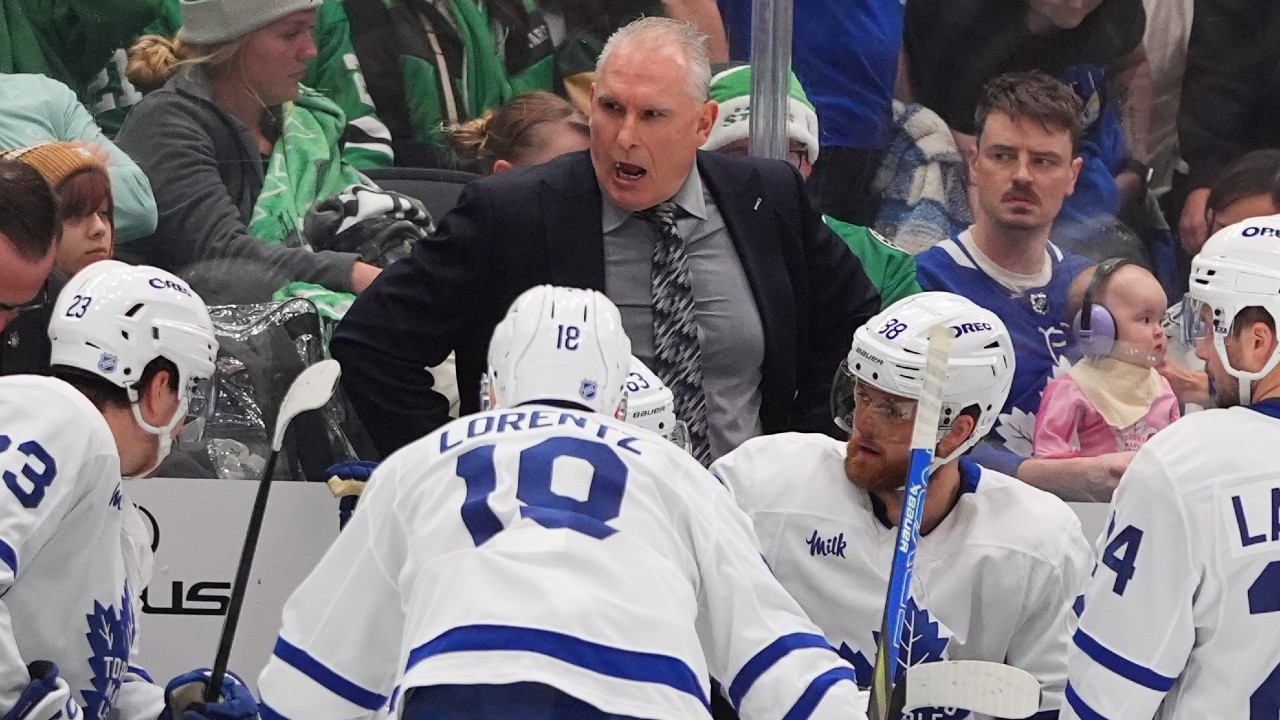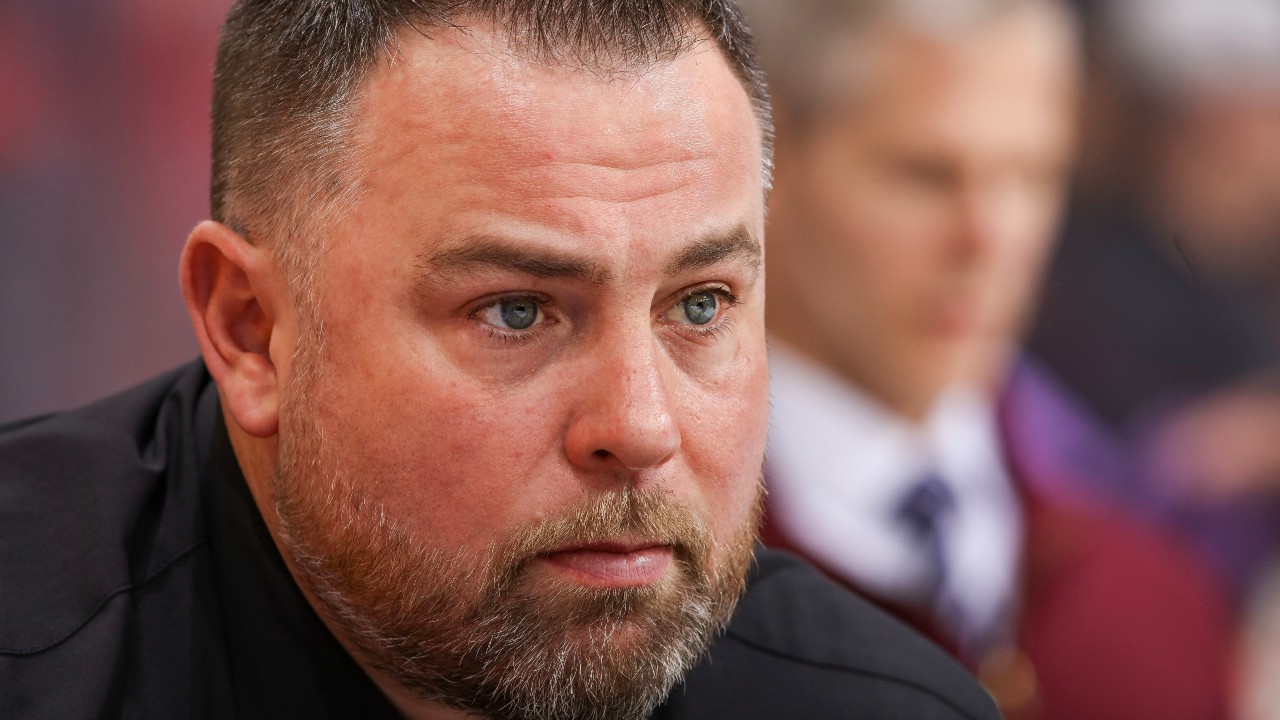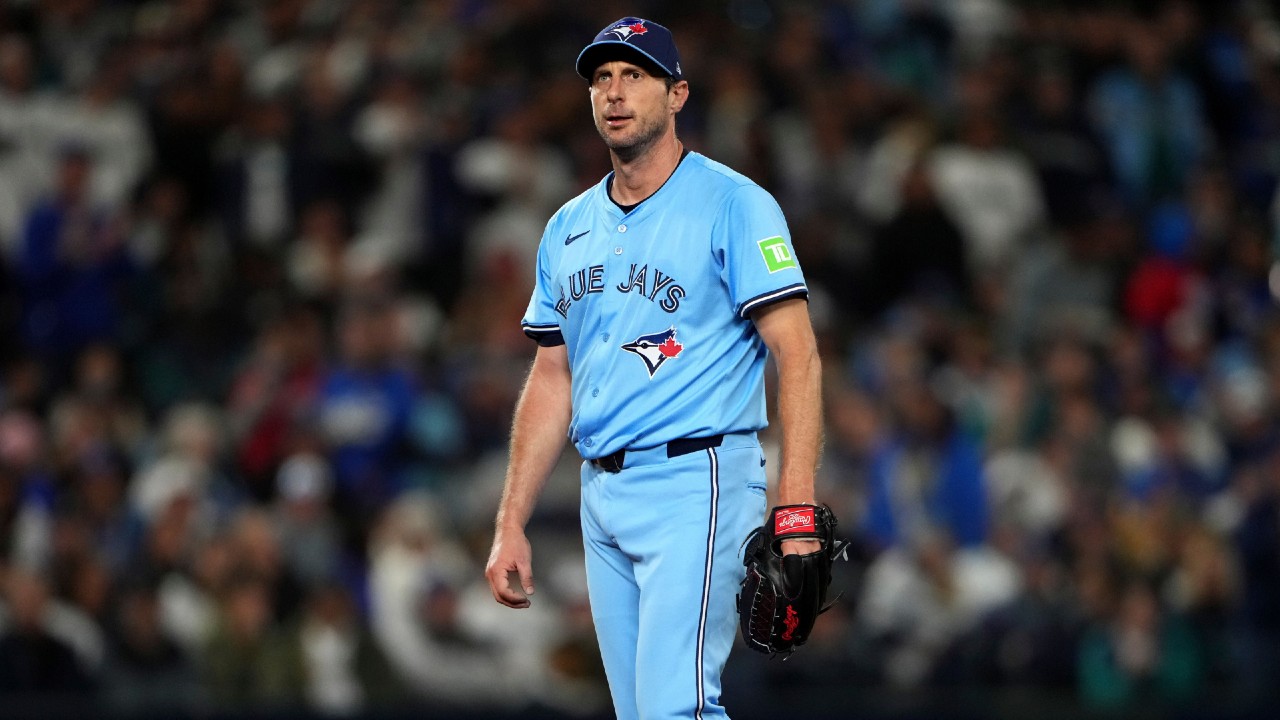
LAS VEGAS — In the lead-up to Game 3 of the World Series, Scott Boras greeted a couple of visitors in the club-level seats at Dodger Stadium and relayed a story the way only the super-agent can. It’s early February, roughly 7:50 a.m. on the West Coast, he began, when his phone starts to buzz. Toronto Blue Jays general manager Ross Atkins is calling. “He knows I’m up early,” Boras said, getting going.
“Ross, what’s up?”
“You know, what do you think about, Max? You think Max wants to come here?”
Max, in this case, is Max Scherzer.
“I go, ‘Max loves Chris Bassitt,’” Boras continued, before an aside. “By the way, Bassitt is lean, but he reminds me of the bull on Wall Street — I don’t represent him — he’s just got giant balls. That is who that man is and when he and Scherzer were with the Mets, they connected.”
End tangent.
“So I go, ‘Ross, let me talk to you about the trophy pitcher.’”
The Blue Jays, of course, signed the trophy pitcher to a $15.5-million, one-year deal soon after. Scherzer, meanwhile, lived up his agent’s moniker during a pivotal outing in Game 4 of the ALCS — when he allowed two runs in 5.2 innings and delivered a Mad Max moment when manager John Schneider made a mound visit — and with two solid outings in Games 3 and 7 of the World Series, helping to bring his team within inches of a title.
Nine days later, as the baseball industry began assembling Monday at The Cosmopolitan of Las Vegas for this week’s General Managers Meetings, the Scherzer deal is instructive in several ways as the Blue Jays head into the groundwork-laying event.
While Bo Bichette’s free agency is the prime issue before Atkins this winter, augmenting the pitching staff, even after Shane Bieber exercised his $16-million player option for 2026, is also a key priority, as both Scherzer and Bassitt are free agents.
As things stand, Bieber joins ace Kevin Gausman, Jose Berrios, rookie Trey Yesavage and Eric Lauer as the top internal candidates to start, with Bowden Francis, Easton Lucas, Adam Macko, Lazaro Estrada and prospect Ricky Tiedemann providing depth. Maybe they try stretching out Louis Varland, too.
That’s a strong foundation, but in the hyper competitive AL East, and with Gausman turning 35, Bieber heading into his first full season post-Tommy John surgery, Berrios finishing the year on the injured list with elbow inflammation, Yesavage coming off a career-high in innings at 139.2 and Lauer having enjoyed his first full healthy year since 2022, the Blue Jays can’t take anything for granted, and can use more impact, as well.
Underlining that point is that this year, even with Gausman, Bassitt and Berrios combining to make 95 starts, the Blue Jays still used 11 different starters, and that’s not including four different relievers used as openers. Maybe Gausman, Berrios and Bieber can match that total in 2026, but that still leaves 67 other outings to cover.
Yesavage’s post-season performance showed that it’s foolish to doubt him, but given that the development of young players is rarely linear, how confidently can the Blue Jays write him in for 30 starts? Is Lauer ready for 30 starts, too? Can Francis, finally feeling better with the right shoulder that truncated his season, regain his form from the second half of 2024?
Factoring in all of that, targeting a starter at the top of the market and perhaps another mid-range arm makes sense, especially since the Blue Jays are aiming for another run at the World Series. Notable, too, is that while Atkins was generally guarded in his comments last week, he did say that they “feel good about the free-agent market and the starting pitching area,” which “relative to most years, is a little bit better, seemingly.”
Point taken, and here’s where some of the learnings from the Scherzer deal apply.
The Blue Jays began last winter eyeing top free-agent starters, as they’re expected to do again this year, but watched Max Fried’s market balloon before his $218-million, eight-year deal with the New York Yankees, while Corbin Burnes chose to be close to home and signed with the Arizona Diamondbacks for $210 million over six years.
Their focus eventually turned to Scherzer, a high-risk, high-reward bet that the veteran would emerge from an injury-marred year and deliver quality outings on the sport’s biggest stages.
It turned out to be a creative way to find impact, and not only because the Blue Jays had to imagine a 41-year-old still being able to hit 96 m.p.h.
As Boras recounts it, he told Atkins that the key to getting the most out of Scherzer would be to “keep the innings off. This guy is nuts. The minute he goes great, he can’t stop himself. If he were a guy that was swimming and you say, ‘Max, cut it off, you’re swimming great but the waterfall is coming,’ he would swim through the waterfall, because he’s swimming great to the end. That’s Max.”
Scherzer’s troublesome thumb did the heavy lifting in keeping the innings off, essentially costing him the first three months of the season, and he returned with a 10-start stretch in which he pitched to a 3.47 ERA over 57 innings with 55 strikeouts. But he allowed 25 runs in 25 innings over his final six starts when “he tried to pitch with the bad neck and threw horribly,” said Boras.
“So they finally shut him down and I said, ‘This guy can really help you in the moment, he’s that good. Because his fastball command when he’s rested is fantastic. He’s got the stuff still,’” Boras continued. “To their credit they bought in.”
The Blue Jays did, and in the process demonstrated that there are alternatives to building out a pitching staff even if the best options don’t work out, something to keep in mind as the Blue Jays explore the markets for the likes of Dylan Cease (whom they tried to trade for last off-season), Ranger Suarez, Michael King and Tatsuya Imai.
Whether they get any of them or not, the other takeaway for the Blue Jays is in the power of their ability to spend deep into the off-season. As Boras pointed out, “I have all kinds of theories I put on general managers, presidents and normally I don’t get the co-operation of ownership. But the element of this ownership in Toronto, that’s $15.5 million in February.”
Not all teams are willing to do that, which can create opportunities for the Blue Jays depending on how certain markets play out.
None of that means their plan is to wait until February to get their business done this winter. But it all simply reinforces the different ways and different times impact can be found, maybe even a trophy pitcher, no matter when Atkins comes calling.


